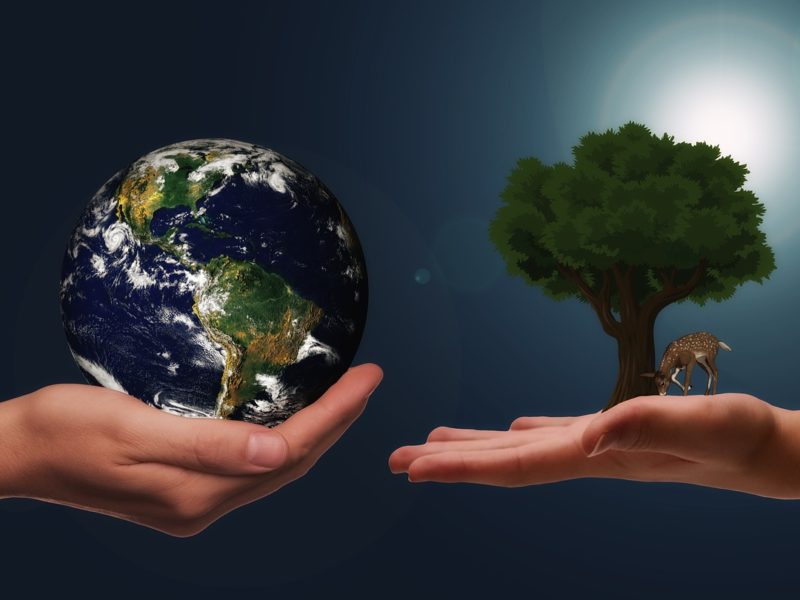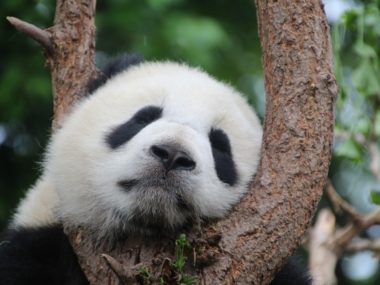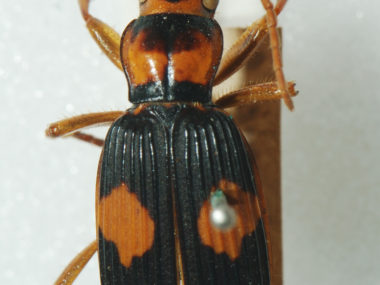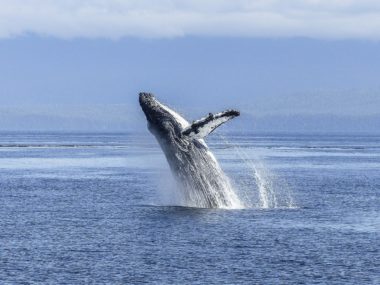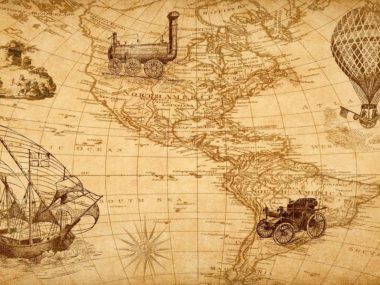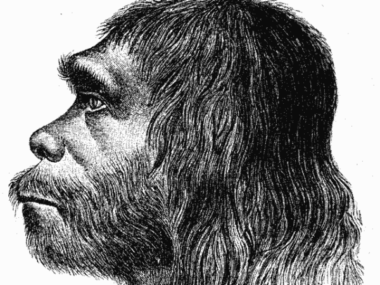Life’s diversity and disparity should remind us that our God exists in three persons. Note that the monotheistic religions of modern Judaism and Islam are not worshipping the Creator. In the previous chapter we saw how the monomers, biological similarity, and biological systems all point to one Creator.
The following article is a from Devotional Biology: Learning to Worship the Creator of Organisms, Chapter 10.5, pgs. 221-225. The views expressed reflect those of the author, and not necessarily those of New Creation.
But the fact that the creation also abounds with diversity and the biological creation abounds with both diversity and disparity, suggest that oneness is not the whole story. In fact, Scripture clarifies that He is three. He is three person AND one God. He is triune. The creation of all things is a consequence of three persons—God the Father (Elohîm) (Gen. 1:1, 3, 6-7, 9, 11-12, 14-17, 20-21, 24-25, 26-27), God the Holy Spirit (Gen. 1:2), and God the Son (John 1:1-3, 14; Col. 1:16)—united as one. Only the unique triune God claim of Christianity is consistent with both the unity and diversity of biology.
We also learn from life’s diversity and disparity that God loves variety. He loves variety because it is a part of His very being. For this reason, He made each of us unique and desires a unique, personal relationship with each of us. He loves all (e.g. John 3:16), but He loves each of us as individuals. This is further emphasized by the fact that He created diversity and disparity as an illustration of His nature. He wants us to know Him, so much so that he fashioned the entire creation so that we could understand His nature.
Again, we are talking about the God of Scripture. This is not the god worshipped by Muslims nor the god worshipped by modern Jews, for neither of these gods desire a relationship with humans. Rather, the biological diversity and disparity that is evident all about us is consistent with the God Who became man, dwelt among us, died on the cross for our sins, and rose again to give those who believe the assurance of eternal life with Him.
Contemplation of biological diversity and disparity ought to bring us closer to God and teach us about Him. And, as we come to know Him better, how can we respond in any other way than in worship? And, as this worship fills our lives we cannot help but draw others into that worship. In this way we fulfill our role as priests of the creation.
Our Responsibility to the Creation
Preserving Diversity
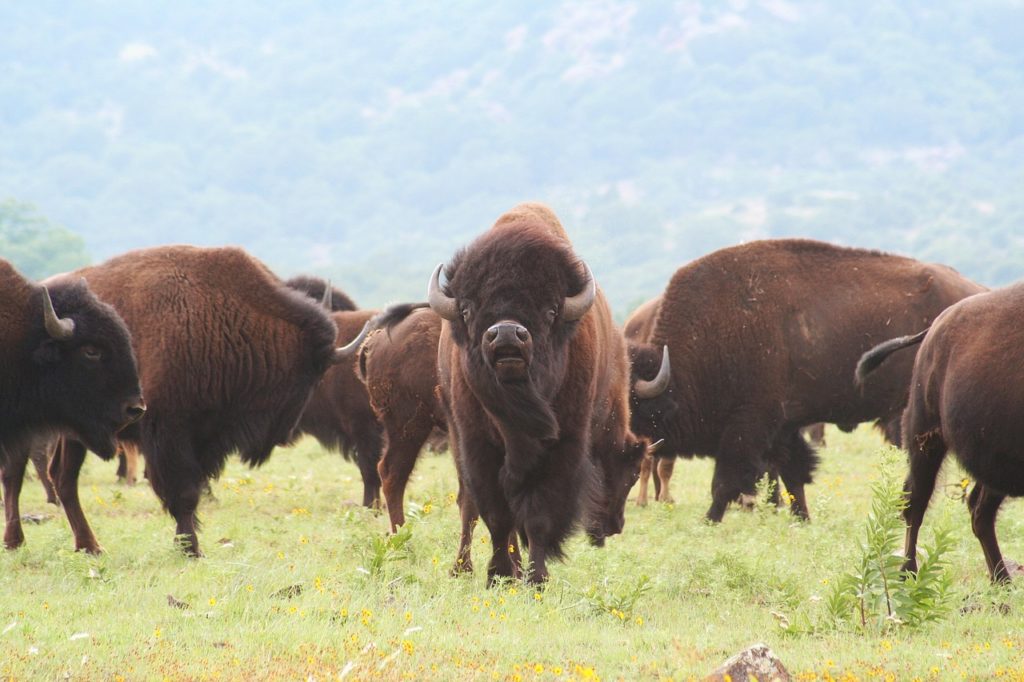
After creating Earth’s biodiversity, God handed it over to humans to ‘guard and keep it’. We should at the very least work at maintaining the biodiversity of this planet—something called conservation biology. God created biodiversity, even abundant biodiversity, to give us a physical manifestation of His very nature. When biodiversity is lost, our understanding of God is dimmed. We lose something invaluable.
Besides that, however, we were made caretakers of His creation, to guard and keep it. We will be called into account by God for how we took care of those things He made. We were given the creation with a certain biodiversity. At the very least we should guard that biodiversity, and not ‘return’ it to Him with less diversity than we received it. Christians ought to be playing active and leading roles in biodiversity preservation. We have an obligation to preserve and to protect the earth’s biodiversity, and we ought to do so in order to glorify God and show our love for Him.
Managing Food Species
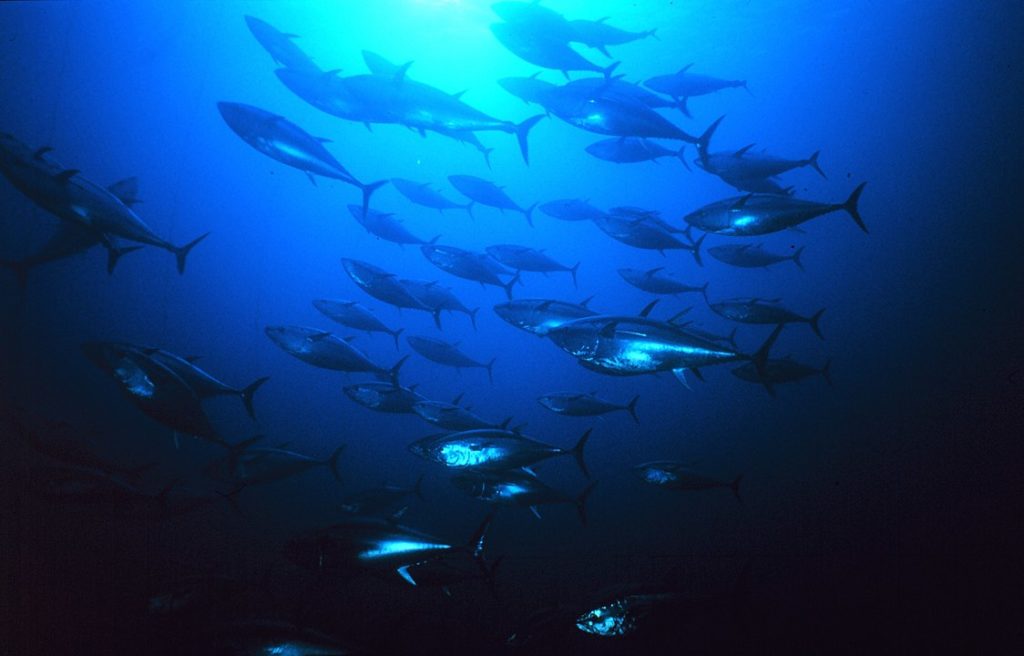
Humans have a poor track record when it comes to preserving biodiversity. The sin of greed has repeatedly brought other species to the brink of extinction, and even to extinction itself. Although humans have the authority to use species for their own benefit, we should remember that we are also supposed to watch after those same organisms and preserve them.
We should be careful not to overharvest species we use for food, such as was done with the white abalone of California (which was harvested for food until the 1970s when its population had been reduced to only 1% of its original population), the Atlantic codfish (which was overfished from the mid-1980s to the early 1990s until its populations crashed), and the passenger pigeon (which was hunted for food until it was totally extinguished in the early 1900s). We should thoroughly study the species we harvest, and carefully manage them to assure the health of those species.
Sustainable Development
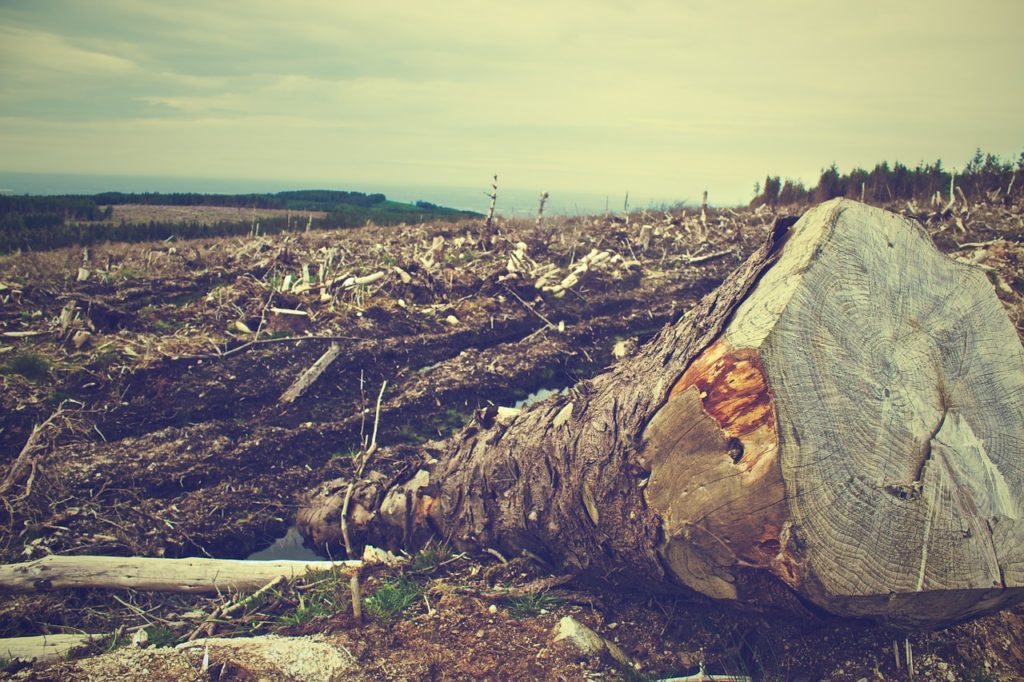
Our greed can threaten species in indirect ways as well. As we claim new land for buildings and farms we should remember that we are impacting species that depend upon that land to survive. As we cut down trees to build our buildings we should remember that this impacts species that depend upon those trees to survive. Logging in the Congo has endangered the gorilla, logging bamboo in China has threatened the Giant Panda with extinction, and logging in the U.S. Southeast has almost (if not completely) exterminated the ivory-billed woodpecker.
As we consume water we should remember that other species need that water to survive as well. Excessive water use in Texas has reduced the size of the Edwards aquifer, which has in turn endangered the Texas blind salamander. Development of beaches has interfered with the reproduction of sea turtles that lay eggs in beach sand. Building dams in the Pacific Northwest prevents Coho salmon from getting upstream for breeding. Power plants increase the temperature of local water, threatening cold-loving trout species. Slash and burn agriculture in Indonesia has put all Rafflesia species (the world’s largest flower) on the endangered species list. Plowing prairie into farmland has threatened the prairie fringed orchid with extinction. As we transform the environment about us we should carefully examine the impact on the organisms of that environment and devise ways to preserve the biodiversity—an activity known as sustainable development.
Extinction

Although we know that a number of species have gone extinct in the last few decades, we do not have an accurate count of how many species are going extinct each year. After all, we do not even know how many species exist, and we may be familiar with only a small percentage of species that currently live on this planet. We also do not know how many extinctions are actually caused by humans.1 Although we know more about living species, we are only slightly more capable of determining how many living species are at risk of going extinct. In 2009, the International Union for Conservation of Nature and Natural Resources (IUCN) reported that of 47,677 species they assessed, 36% were threatened or endangered. An endangered species is a species whose population is declining at an unhealthy rate; a threatened species is one that is likely to become endangered in the near future.
Although this is a census of less than 1% of the earth’s diversity, it does suggest that we may have a serious task ahead of us in maintaining the earth’s biodiversity. It is only very recently that humans have begun to think strategically about preserving biodiversity. One strategy is to identify and preferentially preserve biodiversity hot spots. A biodiversity hot spot is an area that if altered would result in the most extinction of organisms. The rationale is that investing money to save the home of a whole set of organisms is a better use of resources than using the same money to save just one species.
Preserving Unique Species
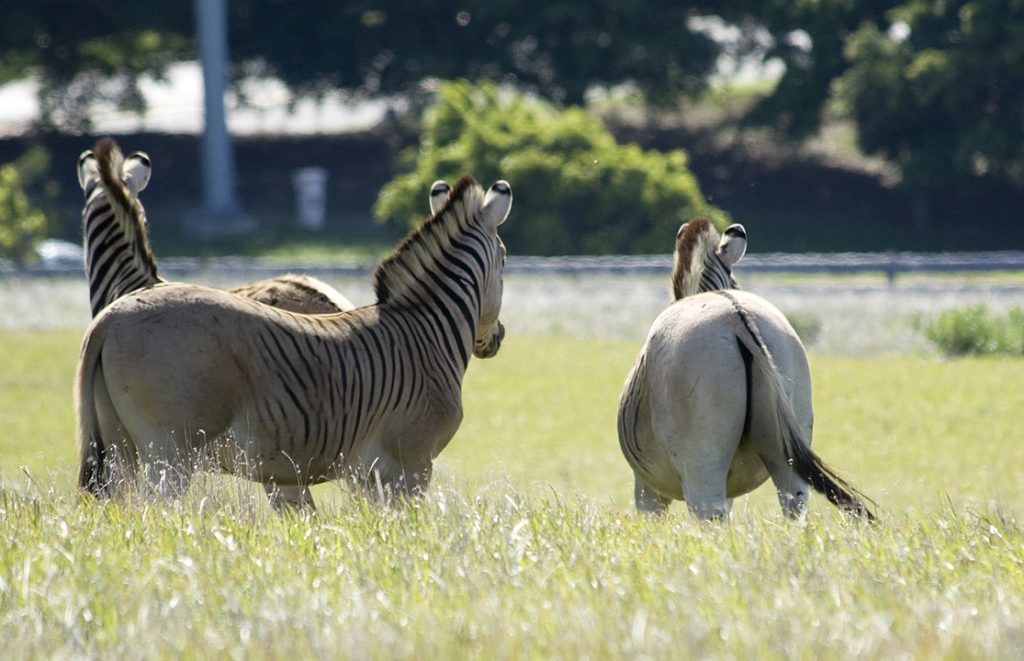
Breeding has demonstrated that many different body forms are somehow ‘hidden’ in the organisms God has created. In the case of dogs, for example, from only three different dog types known in Europe in the 1500s, over 250 varieties of dogs have been generated (German shepherds, great Danes, Scottish terriers, Irish setters, etc.). It also appears that breeding merely revealed those body forms—that somehow the information for building the different dog varieties was already hidden inside three dog types known in the 1500s.
Similar experiences with varieties, cultivars, and breeds of plants and animals suggest that biodiversity is probably hidden within all organisms. And, since breeding usually generates a suite of very similar organisms (e.g. breeding dogs generates a wide range of different body forms, but they are all dogs), it suggests that threatened or endangered species might be recoverable from very similar species that are not in any danger of extinction. In contrast, species that lack any species similar to themselves might be unrecoverable if they go extinct. If we have insufficient resources to save all species and must make decisions of what is to be preserved and what is not, species that are unlike any others should probably be preserved before others.
Reproductive Cloning
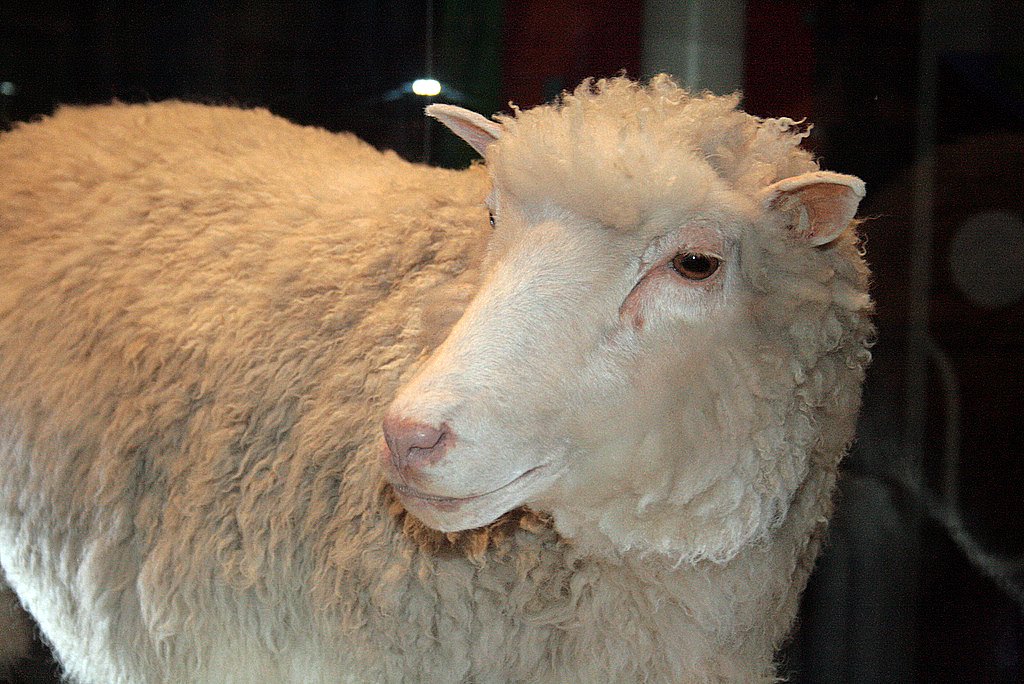
From time to time, humans have desired to produce exact copies of organisms that already exist.2 To that end, humans have developed reproductive cloning. A clone is an organism with the same DNA.3 Reproductive cloning is when humans artificially produce a mature adult that is a clone of another organism. Three reproductive cloning methods have been developed so far. The first method is horticultural cloning. For most plants, it is possible to obtain a cutting from any part of the desired plant and grow an entire plant from it. Since the new plant can be planted in a very different location, it is a separate plant. However, the cutting has the same DNA as the plant from which the cutting was made. It is a clone.
Horticultural cloning is an ancient practice and may date as far back as the Garden of Eden. The other two methods were developed for cloning animals. Whereas just about any part of most plants can be fairly easily developed into a separate plant, only parts of the earliest stages of an animal embryo can be so easily developed into a separate animal. If an early embryo is divided in two—a process called embryonic splitting—separate organisms can develop from each half of the embryo. The resulting organisms have the same DNA, so they are clones of each other. Identical twins, for example, result from a natural embryonic splitting event. Identical twins have the same DNA and they are clones of each other. Natural clones by embryonic splitting have probably been forming from near the beginning of time.
The ability to produce artificial clones by embryonic splitting (by slicing up very young embryos) is only a few decades old. It was not until the 1970’s that the first animals were artificially cloned by embryonic splitting. Now, artificial production of human clones by embryonic splitting is performed regularly in IVF clinics.4 The third reproductive cloning method creates what most people think of as a clone—something often referred to as an adult clone. This method creates an embryo that is a clone of one cell of an adult animal and then grows that embryo to adulthood. The first successful adult clone of a vertebrate animal was ‘Dolly’ the sheep in 1997.5 No matter what kind of clone is produced, however—whether a horticultural or embryonic splitting or adult clone —the process makes things more similar than they would be naturally. Rather than maintaining the diversity of the creation God gave us, cloning reduces the creation’s diversity.
Enhancing Diversity
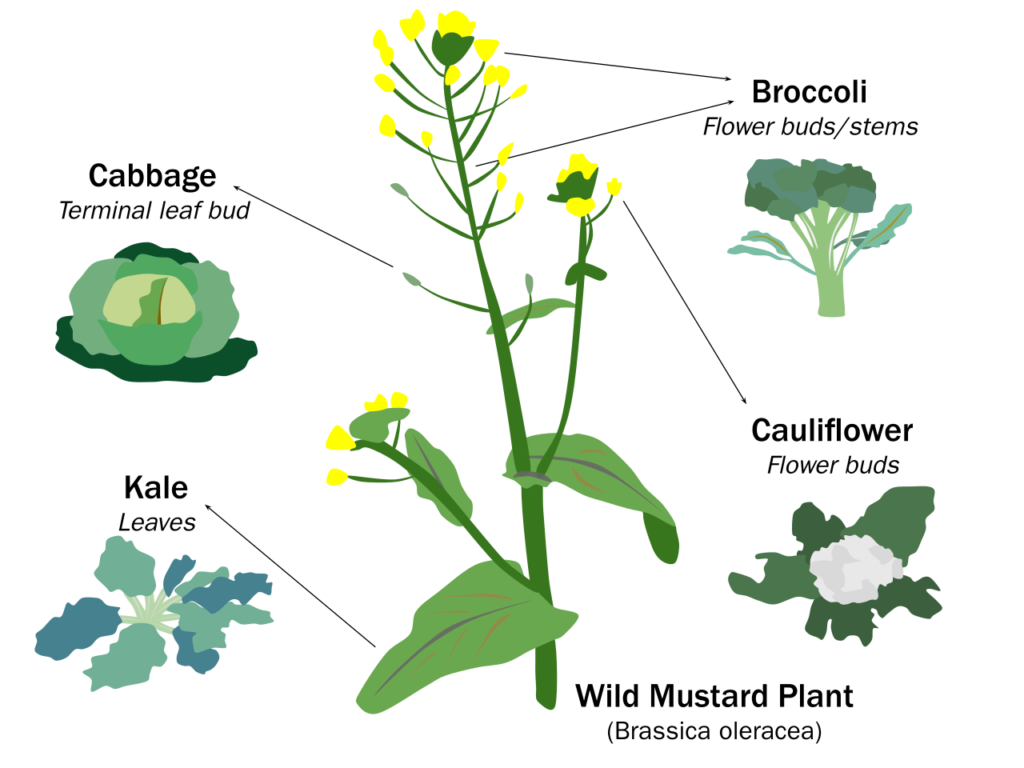
Beyond preserving biodiversity, we ought also to be increasing biodiversity. From the parable of the talents, we learn that it is better to increase what God gave us. Because it shows us something about God, biodiversity glorifies God. Increasing biodiversity would bring God even greater glory. If it is in our power to increase biodiversity, it behooves us to do so. In fact, while humans have caused extinction, humans have also increased the biodiversity on this planet, or at least the manifested biodiversity.
In our breeding programs we have unveiled an astonishing array of biological variety. Breeding of orchids, for example, has increased an estimated ‘natural’ diversity of 25,000 species in 1940 to over 75,000 orchid types in the present. In similar manner, humans have increased the diversity of food crops, ornamental plants, pets, and agricultural animals by the thousands. When one considers that humans did not actually ‘create’ this diversity but brought out what was hidden somewhere within these organisms, it is clear that the diversity was put there by God.
As humans have revealed this diversity they have brought increased glory to God. To whatever extent they acknowledge that this diversity is from God they further glorify Him. Although we can be sure that humans have caused the extinction of many species, they have also revealed thousands of different organisms that were not known naturally. Therefore, we have increased biodiversity more than we have destroyed it—a fact rarely, if ever, reported.
Footnotes
- Whereas environmentalists sometimes give the impression that all extinction is caused by humans, and that we are causing the highest rate of extinction in all of earth’s history, this may not be so. ↩︎
- Reasons why an exact copy of an organism might be desirable include (but are not limited to): 1) duplicating organisms with desirable characteristics (such as choice food, choice athletes); 2) replacing a beloved pet or family member; and 3) creating compatible organ donors. ↩︎
- DNA is discussed in more detail in Chapter 13. It should be noted that contrary to popular belief, clones are not identical. Because they contain the same DNA, clones are very similar, but they also differ from one another. As one example, although identical twins are clones of each other, they have distinct personalities. Consequently, clones can never be expected to replace lost loved ones. ↩︎
- Embryonic splitting is performed so as to reduce the costs of vitro fertilization (IVF). In a typical IVF procedure, after extracting as many eggs as possible from the woman donor and fertilizing those eggs in the lab with sperm from the male donor, the fertilized eggs are allowed to divide a few times. Then, the resultant embryos are carefully cut so as to separate the individual cells, with the intention of using each separate cell or group of cells as separate embryo. All the embryos developed from each fertilized egg are clones (identical twins). ↩︎
- Steps of adult cloning: 1) take the nucleus out of an egg cell; 2) take the nucleus from an adult cell in the donor organism and place it into the egg cell lacking a nucleus; 3) cause the egg cell to think that it has just been fertilized; 4) place the egg cell into a surrogate mother to allow the embryo to develop and birth the baby. ↩︎
The author, Dr. Kurt Wise, has graciously granted New Creation permission to publish selected sections from Devotional Biology: Learning to Worship the Creator of Organisms. To purchase a copy, please visit our online store.

